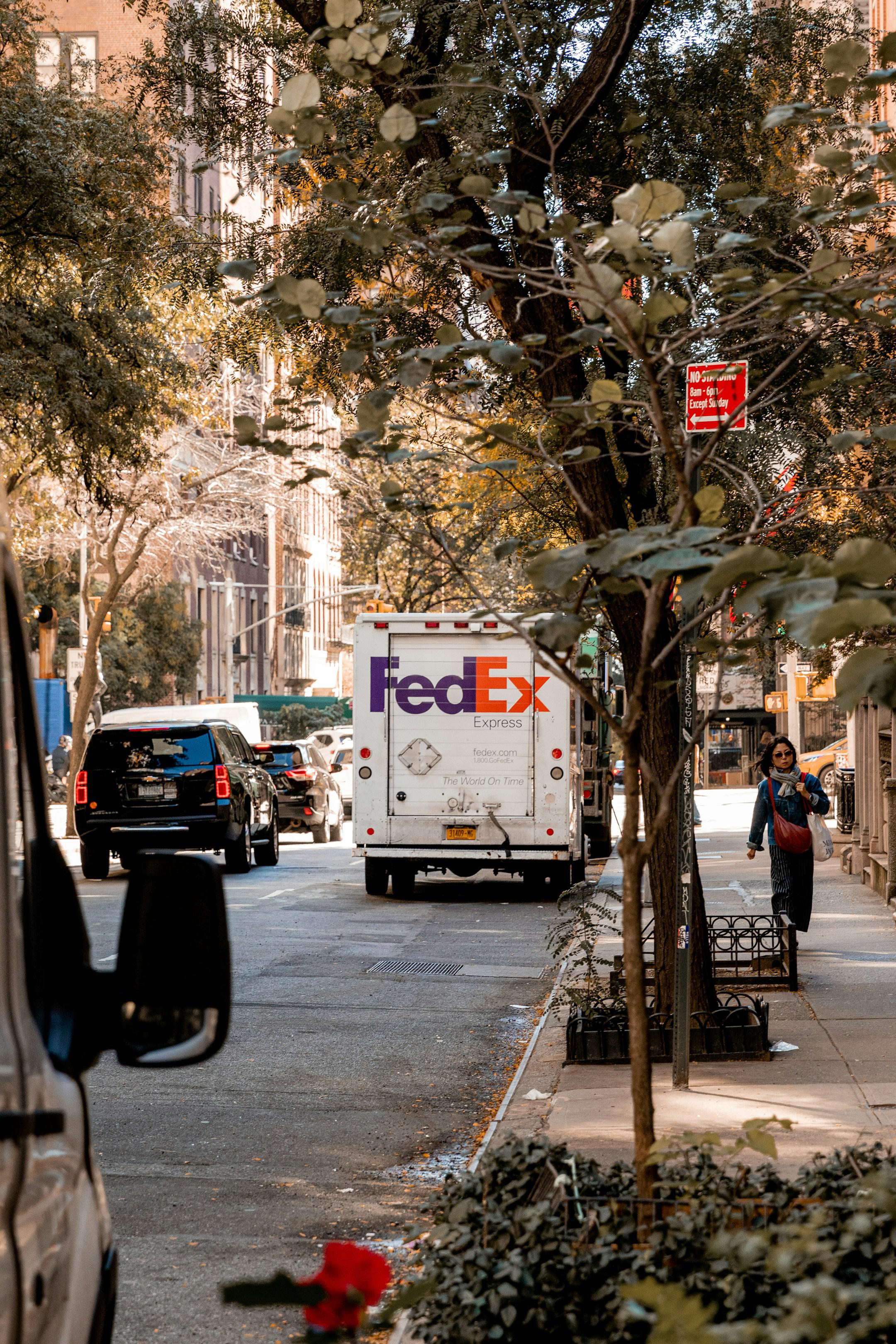
What to Watch Out for in 2024
What kind of shipment profiles will be hit hardest? Imagine someone selling surfboards and shipping them next-day to remote areas. Changes in the GRI related to size, speed and delivery location all come together to hit this unfortunate seller hard, providing an object lesson of one of the most important truths of GRIs – the headline figure rarely accurately portrays the true effect of the GRI on shippers.
In reality, the topline number is an average increase to the base transportation cost, which means that there are important outliers. Most services and zones have higher average increases than 5.9%. Overnight, for instance, is well above 6%, and short zones, including next-day air and next-day air saver, are over 7%. For ground shipments, the average rate increase for shippers delivering to the domestic U.S. is 6.19%.
Another important point is that the topline figure doesn’t reflect surcharges or accessorial charges. Taking the surfboard example, if it’s delivered to a home address and weighs more than 50 pounds, the shipment would be subject to both a residential surcharge and weight-based handling surcharge. And shippers should be wary of dismissing these fees out of hand. A percent increase to an additional service fee might suggest something at the margins, inconsequential to the bottom line, but in fact, surcharges can account for between 20% and 30% of total shipping costs.
Higher Labor Costs Hide in Surcharges
Remember the contentious UPS-Teamsters labor negotiations that were finally put to rest this past summer with an agreement that significantly increased the UPS employee wage structure? Overall parcel demand has softened since the highs of the pandemic era, so while UPS now faces significantly higher labor costs, another record-high GRI doesn’t fit current market conditions. Therefore, shippers should look for more subtle changes as the carrier seeks to raise revenue. The delivery area surcharge (DAS) changes are a prime example. UPS has expanded the ZIP codes it considers to be rural or remote areas of the U.S. For shippers who ship packages to a ZIP code that’s been shifted in or out of the new set, this change can have a major impact — from something in the range of $4.90 previously to the DAS remote surcharge of $14.15. Again, this isn’t simply an increase to an existing surcharge, but also a change in the rules determining if shipments are eligible. The effect on shippers’ bottom line persists: higher parcel costs.
Another notable surcharge is the one for additional handling. As mentioned earlier in our surfboard example, it applies to all packages above 50 pounds. This charge is in part a way for carriers to communicate that they don’t want large, bulky items in their network, and increases have reflected this. Historically, increases to the additional handling surcharge have come in at 16% to 20% higher than the GRI, and this year, the increase to this class of surcharges ranged from 18.2% to as much as 20.8% relative to 2023, depending on the carrier, dimension, weight and packaging. In dollars, the 2024 additional handling fees range from $19.50 to $43.50 per package. Shippers should also keep in mind that fuel costs get stacked on top of this and other surcharges, as the fuel surcharge is calculated based on net spend — not just list rates.
What Shippers Can Do About It
Sleeping with one eye open and looking over their shoulder at the wave of rising parcel costs is not an option for shippers. But taking action requires laying the proper foundation, which means understanding your shipping profile, including the zones, services and extras, such as shipments requiring a signature, that are used.
With that profile established, the next step is to work with an experienced resource to help make decisions to effectively navigate these annual increases and limit their impact on the bottom line. One example is carrier and service optimization. Rather than air, consider ground. Perhaps changes inside the four walls of a distribution center can enable orders to get out the door faster, allowing for slightly longer time in transit without compromising overall delivery expectations.
But be careful: Like GRIs, carrier contracts are complex. Some contractual discounts are based on revenue or shipment volume tiers, different zones, surcharges and other commitments. While optimization is an effective strategy to limit exposure to increasingly expensive services, shippers need to adopt a holistic view, so that they don’t compromise an important discount.